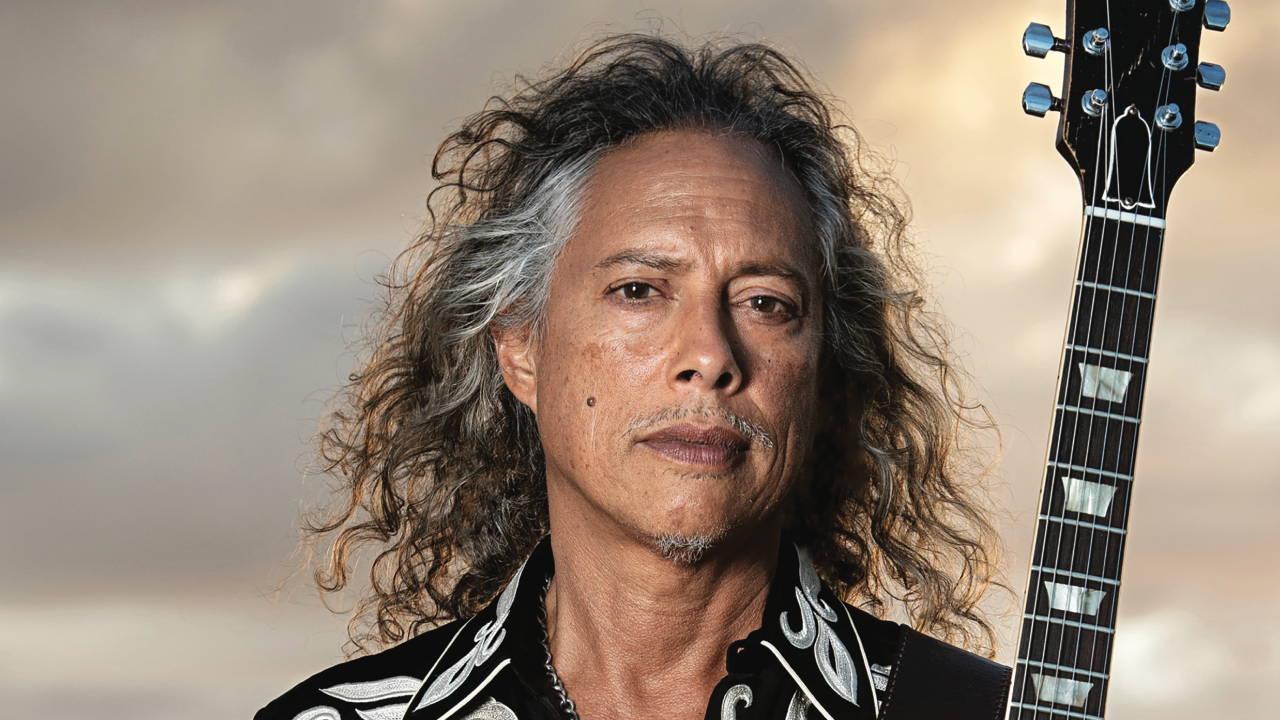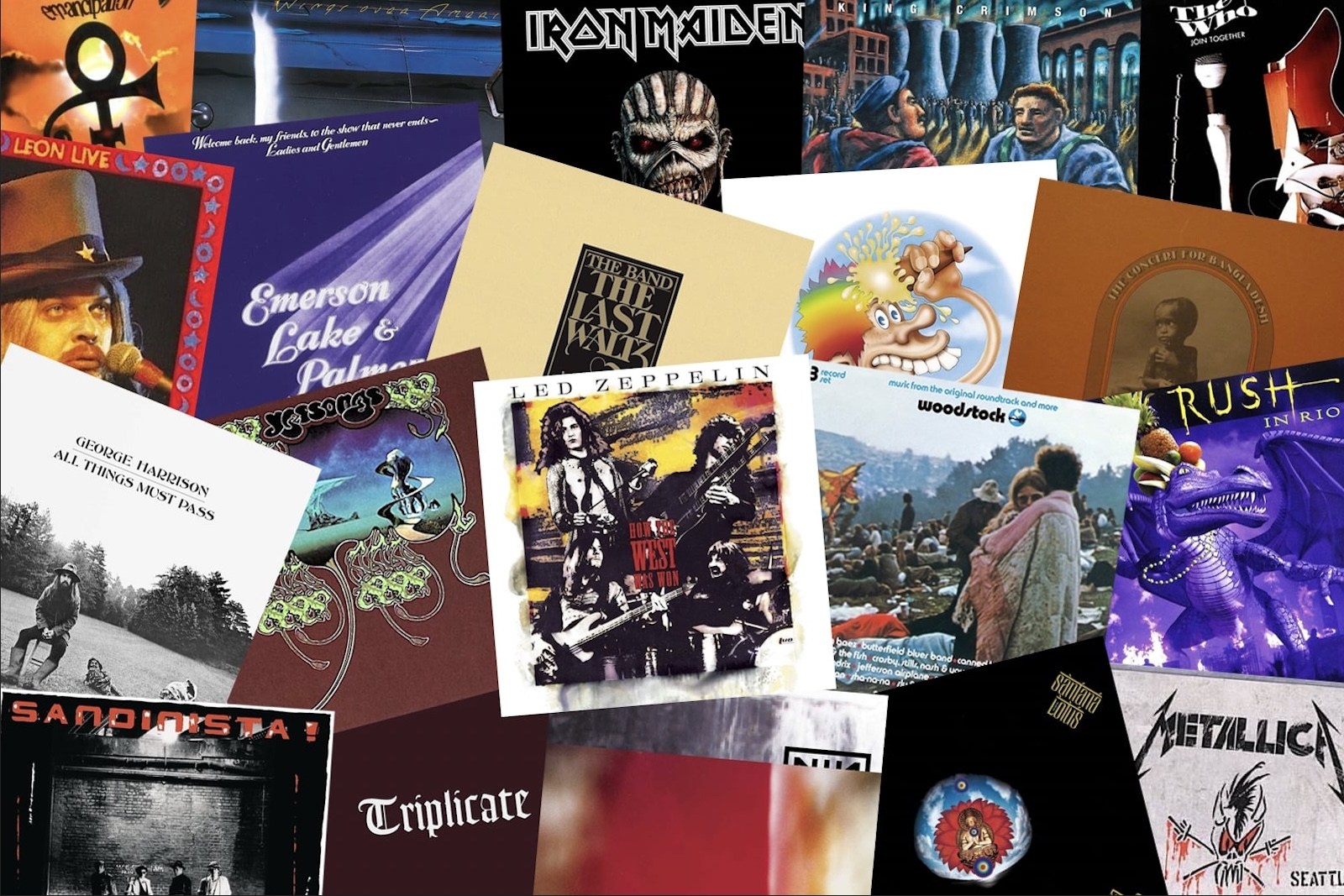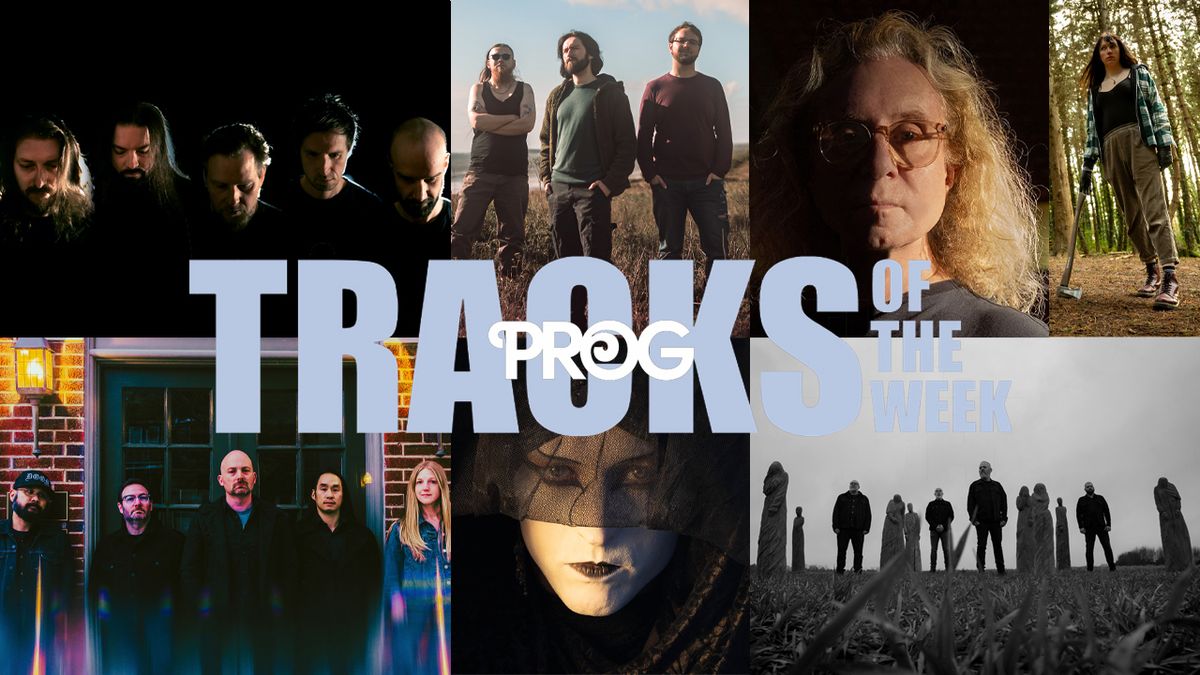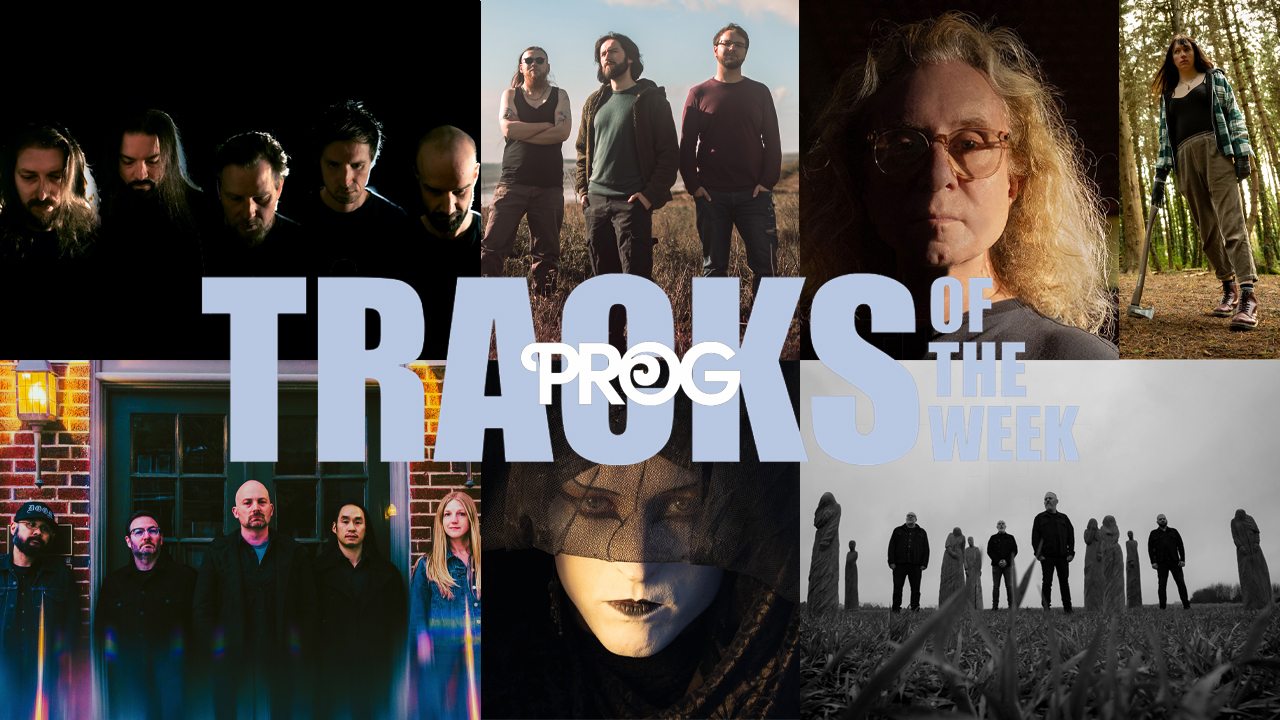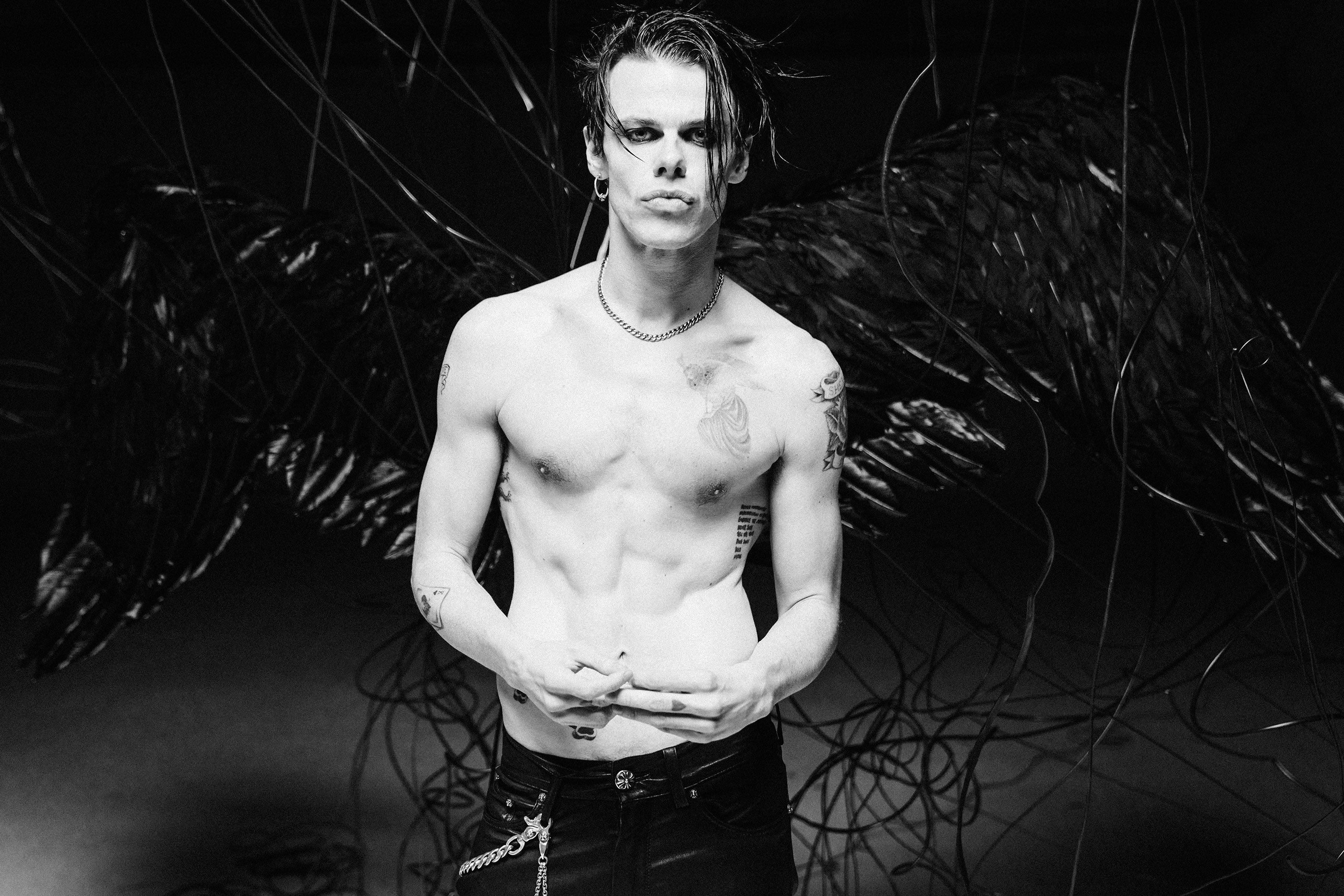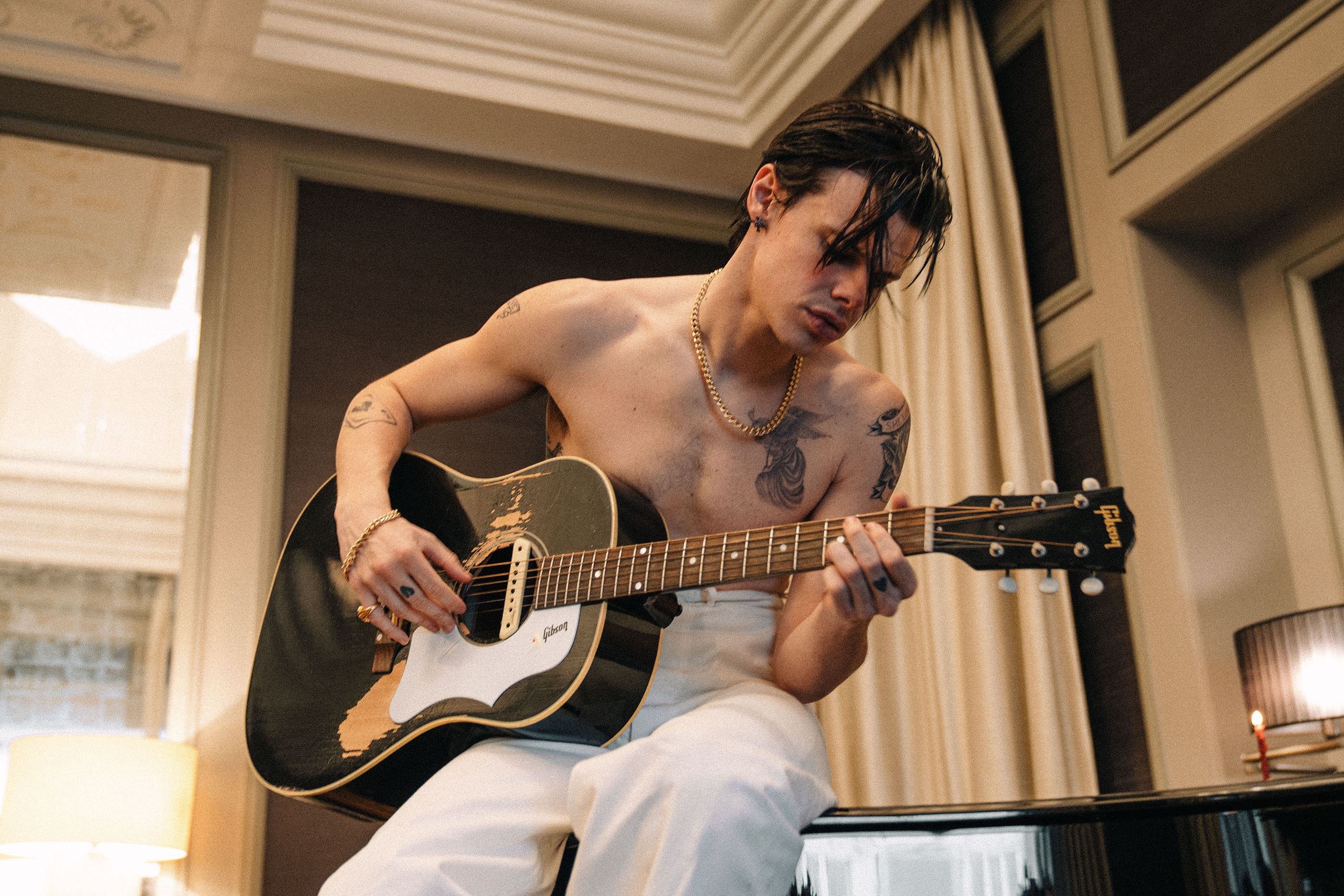
Feature Photo: Adam McCullough / Shutterstock.com
From the dormitories and fraternity houses of the University of South Carolina emerged one of the most unexpectedly successful bands of the 1990s, a group whose warm, accessible sound would capture the hearts of millions and create one of the decade’s most remarkable success stories. Hootie & the Blowfish is an American rock band formed in Columbia, South Carolina, in 1986, representing a stark contrast to the grunge movement that dominated the era with their sunny, straightforward approach to rock music. The band’s lineup for most of its existence has been the quartet of Darius Rucker, Mark Bryan, Dean Felber, and Jim Sonefeld, a remarkably stable configuration that remained unchanged for over two decades. As of 2025, Hootie & the Blowfish have won two Grammy Awards, landed 16 singles on various Billboard singles charts, and released six studio albums, establishing them as one of the most commercially successful bands of their generation.
The band’s extraordinary commercial breakthrough came with their 1994 debut album “Cracked Rear View,” which defied all industry expectations and became a cultural phenomenon. The band’s debut album, Cracked Rear View (1994), became one of the best-selling albums in the United States and was certified platinum 22 times, making it the 16th-best-selling album of all time in the U.S. The band is known for its three Top 10 singles: “Hold My Hand” (1994), “Let Her Cry” (1994), and “Only Wanna Be with You” (1995), songs that dominated radio airwaves and established the band as major stars virtually overnight. The album’s success was unprecedented for a debut release, selling over 16 million copies in the United States alone and remaining at the top of various charts for extended periods, proving that there was a massive audience hungry for the band’s blend of pop, folk, blues, soul, and rock.
However, what many people don’t realize is that this “overnight success” actually came after nearly a decade of hard work, building their reputation one performance at a time throughout the Southeast. The band went on hiatus in 2008 until they announced plans for a full reunion tour in 2019 and released their first new studio album in fourteen years, Imperfect Circle, demonstrating both the enduring bond between the members and the continued demand for their music. Contrasting with the sound of their grunge contemporaries, the band’s music was described as “a mainstream pop variation of blues rock” with “equal parts of jam band grooves and MOR pop,” appealing to listeners who craved music that was both sophisticated and immediately accessible. Their story represents not just commercial success, but the power of friendship, persistence, and staying true to a musical vision that prioritized melody, harmony, and emotional connection over fashion or critical approval.
Darius Rucker
Darius Carlos Rucker was born on May 13, 1966, and emerged as the heart and soul of Hootie & the Blowfish, serving as the band’s lead vocalist and rhythm guitarist whose distinctive voice became synonymous with their sound. He first gained fame as the lead vocalist and rhythm guitarist of rock band Hootie & the Blowfish, which he founded in 1986 at the University of South Carolina along with Mark Bryan, Jim “Soni” Sonefeld, and Dean Felber, establishing himself as both the musical and emotional center of the group. Born and raised in Charleston, South Carolina, Rucker’s upbringing would profoundly influence both his musical style and his approach to life and career. His single mother, Carolyn, a nurse at Medical University of South Carolina, raised him with his three sisters and two brothers, creating a family environment that emphasized hard work, faith, and perseverance.
Rucker’s childhood experiences shaped his musical sensibilities and provided the emotional foundation for many of Hootie & the Blowfish’s most compelling songs. According to Rucker, his father was never around, and Rucker saw him only before church on Sundays, with his father being in a gospel band called The Traveling Echoes. Rucker has said that he had a typical Southern African-American upbringing, with his family attending church every Sunday and being economically poor; at one point, his mother, her two sisters, his grandmother and 14 children were all living in a three-bedroom house. Despite the financial struggles, he looks back on his childhood with very fond memories, and his sister L’Corine recalled that singing was always his dream. These formative experiences would later inform songs that dealt with themes of family, loss, faith, and resilience.
The formation of Hootie & the Blowfish began with a chance encounter in a University of South Carolina dormitory. Bryan first heard Rucker singing in the shower, and the two became a duo, playing R.E.M. covers at a local venue before expanding to include other members. As the frontman, Rucker began to be called simply “Hootie” by fans, though the band title combines the nicknames of his college friends, and he often had to correct the misconception that he was “Hootie” in the band’s name. Before his rise to fame, he lived in the basement of the Sigma Phi Epsilon house at the University of South Carolina, attempting to launch his career through the college bar scene. The band released five studio albums with Rucker as a member and charted six top 40 hits on the Billboard Hot 100, with Rucker co-writing most of the songs with the other members of the band.
Personal tragedy and triumph have marked Rucker’s life and influenced his songwriting throughout his career. Rucker’s mother died in November 1992 of a heart attack, and his grief inspired two Hootie & the Blowfish songs: “I’m Goin’ Home” and “Not Even the Trees.” His personal life has included both joy and challenges, including his marriage to Beth Leonard in 2000, with whom he had two children, daughter Daniela Rose (born May 16, 2001) and son Jack (born October 27, 2004), before their divorce in 2020. He also has a daughter, Carolyn Pearl Phillips, born April 21, 1995, from a previous relationship. Beyond Hootie & the Blowfish, Rucker achieved remarkable success as a solo country artist, with his single “Don’t Think I Don’t Think About It” peaking at number one on Hot Country Songs chart, making it the first song by a Black artist to do so since Charley Pride in 1983. His country career has included albums like “Learn to Live” (2008), “Charleston, SC 1966,” “True Believers,” and others, proving his versatility as an artist while maintaining his connection to Hootie & the Blowfish for reunions and special projects.
Mark Bryan
Mark William Bryan was born on May 6, 1967, in Silver Spring, Maryland, and became the musical architect behind many of Hootie & the Blowfish’s most memorable guitar parts and arrangements. He is a founding member, songwriter, and lead guitarist of the band Hootie & the Blowfish, serving as the spark that ignited the formation of what would become one of the most successful bands of the 1990s. Bryan’s musical journey began when he attended Seneca Valley High School in Germantown, Maryland, before enrolling at the University of South Carolina where he would meet his future bandmates and receive his bachelor’s degree in broadcast journalism in 1989. His background in both music and communications would prove valuable as the band navigated their rise to fame and the complex world of the music industry.
The origin story of Hootie & the Blowfish centers around Bryan’s chance discovery of Darius Rucker’s vocal abilities. New freshman Mark Bryan heard Darius Rucker singing in the showers of the dorm they shared and was impressed by his vocal ability, leading to one of the most fortuitous musical partnerships in rock history. While attending the university, he collaborated with Darius Rucker to create an acoustic duo band called The Wolf Brothers, performing cover songs at local venues and developing the musical chemistry that would become the foundation of their larger band. Bryan and Rucker began playing cover tunes as The Wolf Brothers and eventually hooked up with Dean Felber, a former high school bandmate of Bryan’s, and Brantley Smith as Hootie & The Blowfish, with Bryan serving as the connector who brought together the various musicians who would form the classic lineup.
As Hootie & the Blowfish’s lead guitarist, Bryan developed a distinctive playing style that perfectly complemented Rucker’s vocals and the band’s overall sound. Eventually, friends Dean Felber and Jim Sonefeld joined the band, which led to the founding of Hootie & the Blowfish in 1989, with Bryan’s guitar work becoming essential to their appeal. His playing was characterized by melodic lead lines, tasteful solos, and a keen understanding of how to support songs without overwhelming them. Bryan’s guitar work on hits like “Hold My Hand,” “Let Her Cry,” and “Only Wanna Be with You” demonstrated his ability to create memorable hooks while maintaining the accessibility that made Hootie & the Blowfish so popular with mainstream audiences.
Beyond his work with Hootie & the Blowfish, Bryan has maintained an active solo career and involvement in various musical and educational projects. Bryan has also released three solo albums: 30 on the Rail, End of the Front, and Songs of the Fortnight, showcasing his abilities as both a songwriter and performer outside the band context. Since moving to Charleston, South Carolina, in 1999, Bryan has produced full-length albums, as well as co-written and produced songs for other artists, and was involved in founding the College of Charleston Radio Station while helping to develop a music industry concentration there. In 2001, Bryan founded Carolina Studios, a local nonprofit after school music recording and technology program that helps children ages 8–18 thrive in music and the arts, becoming chairman on the board of Carolina Studios in 2007. Bryan is a consistent participant in the Hootie & the Blowfish Monday After the Masters Celebrity Pro-Am Golf Tournament, with all proceeds going to the Hootie & the Blowfish Foundation which makes donations to education and junior golf charities, demonstrating his continued commitment to using his success to benefit others.
Dean Felber
Dean Felber was born in 1967 in Bethesda, Maryland, and serves as Hootie & the Blowfish’s bassist, providing the rhythmic foundation that anchored the band’s sound throughout their career. He became a founding member of the band through his previous friendship with Mark Bryan, having been Bryan’s former high school bandmate before they reunited at the University of South Carolina. Hoping to form a full band, Mark reached out to an old friend and previous band mate, Dean Felber to join him and Darius on stage, with Dean reluctantly agreeing but with the caveat they line up a drummer first, demonstrating his practical approach to music and his desire to ensure the band had a solid foundation before moving forward.
Felber’s bass playing became an essential element of Hootie & the Blowfish’s sound, providing both the rhythmic drive and harmonic support that allowed the band’s other elements to shine. His understated but effective playing style perfectly complemented the band’s approach, supporting Rucker’s vocals and Bryan’s guitar work while maintaining the groove that made their songs so appealing to radio and live audiences. With the rich, bluesy vocals of Darius Rucker and gleeful harmonies of guitarist Mark Bryan, bassist Dean Felber and drummer Jim “Soni” Sonefeld, Hootie & the Blowfish sold over 25 million records worldwide after their infectious melodies hit the airwaves in 1994. Felber’s contributions extended beyond just bass playing to include backing vocals and piano, adding to the band’s harmonic richness and musical versatility.
Throughout Hootie & the Blowfish’s career, Felber remained one of the most grounded and steady members of the group, helping to maintain stability during both their rapid rise to fame and the challenges that followed. When the band experienced the pressures of sudden success and the inevitable backlash that came with massive popularity, Felber provided a stabilizing influence that helped keep the group together. Felber felt that rock radio turned its back on them: “Once you go from rock to pop,” he says, “you’re not allowed back,” reflecting his realistic assessment of the music industry’s sometimes fickle nature and the challenges faced by bands that achieve mainstream success.
During the band’s hiatus period, Felber faced significant personal challenges that reshaped his priorities and demonstrated his character. While Rucker launched his country career, the three other bandmates had to get used to life outside rock & roll, with Felber getting into the wine business and having to unexpectedly raise his two youngest daughters after his ex-wife died suddenly. “I became a full-time dad — I was fortunate I was able to do that,” he says. “It was a no-brainer,” showing his commitment to family above career considerations. When the band reunited for their 2019 tour, Felber expressed amazement at the response: “It’s been mind-blowing to me, personally. I don’t know if I had too many expectations about what the tour is going to be like as far as crowds. I was definitely hoping it would be like it was in the past, and when we got in the amphitheaters it would be pretty full. It has gone beyond what I thought it would,” demonstrating both his humility and his appreciation for the band’s enduring connection with their audience.
Jim “Soni” Sonefeld
Jim Sonefeld was born in 1964 in Lansing, Michigan, and became the drummer who completed Hootie & the Blowfish’s classic lineup when he joined the band in 1989. Smith was replaced full time in 1989 by Jim “Soni” Sonefeld, bringing the band’s membership to its final and most successful configuration. Sonefeld spent his formative years in Naperville, Illinois, a suburb of Chicago, and while he played drums as a kid, his first love was sports, particularly soccer, which he played in high school with hopes of continuing at the Division I college level. A soccer player in high school, he was determined to play at a Division I college and landed in Columbia, South Carolina, at the University of South Carolina, where his athletic pursuits would eventually lead him to his future bandmates and a completely different career path.
Sonefeld’s entry into Hootie & the Blowfish came at a crucial moment when the band needed a new drummer after Brantley Smith left to pursue music ministry. Brantley loved to play for Hootie and the other band members always thought highly of him, but his true passion called him home to Greenville, South Carolina to work in youth ministries, creating an opening that Sonefeld would fill. With gigs coming up, Darius, Dean and Mark called a meeting to decide their next move, and Mark reached out to a friend in one of his classes – Jim (Soni) Sonefeld played drums in the local band ‘Tootie and the Jones,’ but agreed to test the waters with Hootie during practice. Not only was the chemistry great, he also loved that they had the same goal to write original songs, and after a few months, Soni signed on with them full time.
As Hootie & the Blowfish’s drummer, Sonefeld provided the rhythmic backbone that supported their most successful material and helped define their sound. Sonefeld came into the fold in 1989, and in the early 1990s, they released a couple of cassette demos before their debut EP, “Kootchypop,” caught the attention of Atlantic Records, which signed the band in 1993. The band’s blend of pop, folk, blues, soul and rock made them a perfect fit for the modern rock format of post-grunge radio, with Sonefeld’s drumming providing the steady, accessible rhythms that made their songs so radio-friendly. His playing was characterized by solid, unflashy drumming that served the songs rather than calling attention to itself, perfectly suited to a band whose success depended on accessibility and emotional connection rather than technical virtuosity.
However, Sonefeld’s personal life during the height of the band’s success was marked by struggles with addiction that would eventually lead to a profound personal transformation. “We’re coming down the other side of the mountain of fame and fortune,” says Sonefeld, “and I dealt with it through medicating myself,” referring to the period when the band’s massive success began to wane and the pressures of fame took their toll. The drummer sobered up in 2004, after his young daughter found him passed out in his home studio, a moment that served as a wake-up call and the beginning of his recovery journey. Sonefeld became a born-again Christian, released a few religious solo records and now speaks at prayer breakfasts, transforming his life experience into a message of hope and redemption.
Sonefeld’s recovery became central to his identity and his approach to life and music. The Serenity Prayer, however, is the key to the freedom from addiction he’s enjoyed since 2005, and it serves as his guiding principle in all aspects of his life. He has released solo albums with spiritual themes, including a trilogy called Found (2012), In (2014) and Love (2015), using his musical platform to share his message of faith and recovery. In 2022, Sonefeld released a memoir entitled Swimming with a Blowfish: Hootie, Healing, and the Ride of a Lifetime, providing an intimate look at his journey through fame, addiction, and recovery. His transformation from a hard-partying rock drummer to a spokesperson for faith and recovery represents one of the most remarkable personal stories associated with the band, demonstrating the possibility of redemption and positive change even after experiencing the darker aspects of rock stardom.
Brantley Smith
Brantley Smith served as Hootie & the Blowfish’s original drummer during their formative years, playing a crucial role in establishing the band’s early sound and identity before departing to pursue his true calling in music ministry. Smith left the group after finishing college to pursue music ministry, but he has made scattered guest appearances with the band (he played cello on their MTV Unplugged performance in 1996 and played drums at Gruene Hall in Gruene, Texas, on June 27, 2008), maintaining a connection with his former bandmates despite choosing a different path. His departure represented a significant transition for the band, as it came at a time when they were beginning to develop the sound and approach that would eventually lead to their massive commercial success.
Smith’s involvement with Hootie & the Blowfish began during the band’s earliest incarnation when they were still developing their musical identity and building their reputation in the Columbia music scene. Bryan and Rucker began playing cover tunes as The Wolf Brothers and eventually hooked up with Dean Felber, a former high school bandmate of Bryan’s, and Brantley Smith as Hootie & The Blowfish, with Smith providing the drumming that allowed the band to become a full group rather than just an acoustic duo. During this period, the band was learning their craft, developing original material, and building the local following that would eventually help them attract major label attention.
The circumstances of Smith’s departure reflected his personal priorities and demonstrated the band’s ability to support each other’s individual choices and paths. Brantley loved to play for Hootie and the other band members always thought highly of him, but his true passion called him home to Greenville, South Carolina to work in youth ministries before moving to Texas for a seminary program in 1996. His decision to leave the band was not based on musical disagreements or personal conflicts, but rather on his desire to pursue what he felt was his calling in life. The band respected his choice and remained supportive of his decision, reflecting the strong personal bonds that had been formed during their time together.
After leaving Hootie & the Blowfish, Smith successfully pursued his ministry career while maintaining occasional connections with his former bandmates. He is now the worship pastor at Brookwood Church in South Carolina, having fulfilled his goal of combining his musical abilities with his religious calling. His occasional guest appearances with the band, including his cello performance on their MTV Unplugged show and his return to drums for a special performance in Texas, demonstrate that the friendships formed during the band’s early years remained intact despite the different paths their lives took. Smith’s story represents the road not taken for Hootie & the Blowfish, but also illustrates how the band’s members have always prioritized personal fulfillment and individual growth over purely commercial considerations.
Later Collaborations and Current Status
While Hootie & the Blowfish maintained their core four-member lineup throughout most of their active career, their musical journey has included various collaborations, side projects, and solo endeavors that have enriched their individual artistic development. The band went on hiatus in 2008 until they announced plans for a full reunion tour in 2019 and released their first new studio album in fourteen years, Imperfect Circle, proving that their musical chemistry and friendship remained strong despite the intervening years. During the hiatus period, each member pursued different interests and projects that reflected their individual personalities and artistic goals, from Rucker’s successful country music career to Sonefeld’s spiritual music and Bryan’s educational and production work.
The band’s 2019 reunion was remarkable for both its scale and its demonstration of the enduring bond between the members. On December 3, 2018, the band announced the 44-city Group Therapy Tour with Barenaked Ladies in 2019 to commemorate the 25th anniversary of the release of Cracked Rear View, launching a tour that would prove their music’s continued relevance and appeal. The tour began on May 30, 2019, in Virginia Beach and concluded on September 13 in their hometown of Columbia, South Carolina, creating a full-circle moment that celebrated both their origins and their ongoing relationship with their audience. They also signed a new record deal with UMG Nashville, indicating their continued commitment to creating new music together.
Throughout their career, Hootie & the Blowfish have maintained strong connections to their South Carolina roots and have used their success to benefit various charitable causes. Hootie & the Blowfish have become known for their charity work, with the entire band and crew traveling to New Orleans for five days of building houses in Musicians’ Village on October 16–20, 2006, demonstrating their commitment to using their platform for positive social impact. The band’s members are avid golfers and have sponsored the annual spring Monday After the Masters Celebrity Pro-Am Golf Tournament, benefiting local charities, since 1995, creating an annual tradition that combines their love of golf with their commitment to giving back to their community.
The band’s legacy continues to influence contemporary music and inspire new generations of musicians and fans. In April 2020, the band released a cover version of R.E.M.’s “Losing My Religion”, paying tribute to one of their early influences while demonstrating their continued musical vitality. The band has continued the Homegrown tradition every year in Daniel Island, South Carolina with a weekend-long celebration surrounding Hootie’s Homegrown Roundup, a back to school program for kids in the Charleston County school district that prepares students for the academic school year by offering free dental and eye exams, haircuts and a new backpack filled with school supplies. Their story represents not just commercial success, but the power of friendship, persistence, and using success to benefit others, ensuring that their impact extends far beyond their recorded music to include positive contributions to their community and society at large.
Check out more Hootie & The Blowfish articles on ClassicRockHistory.com Just click on any of the links below……
Read More: Classic Rock Bands List And Directory
Complete List Of Hootie & The Blowfish Band Members article published on ClassicRockHistory.com© 2025





